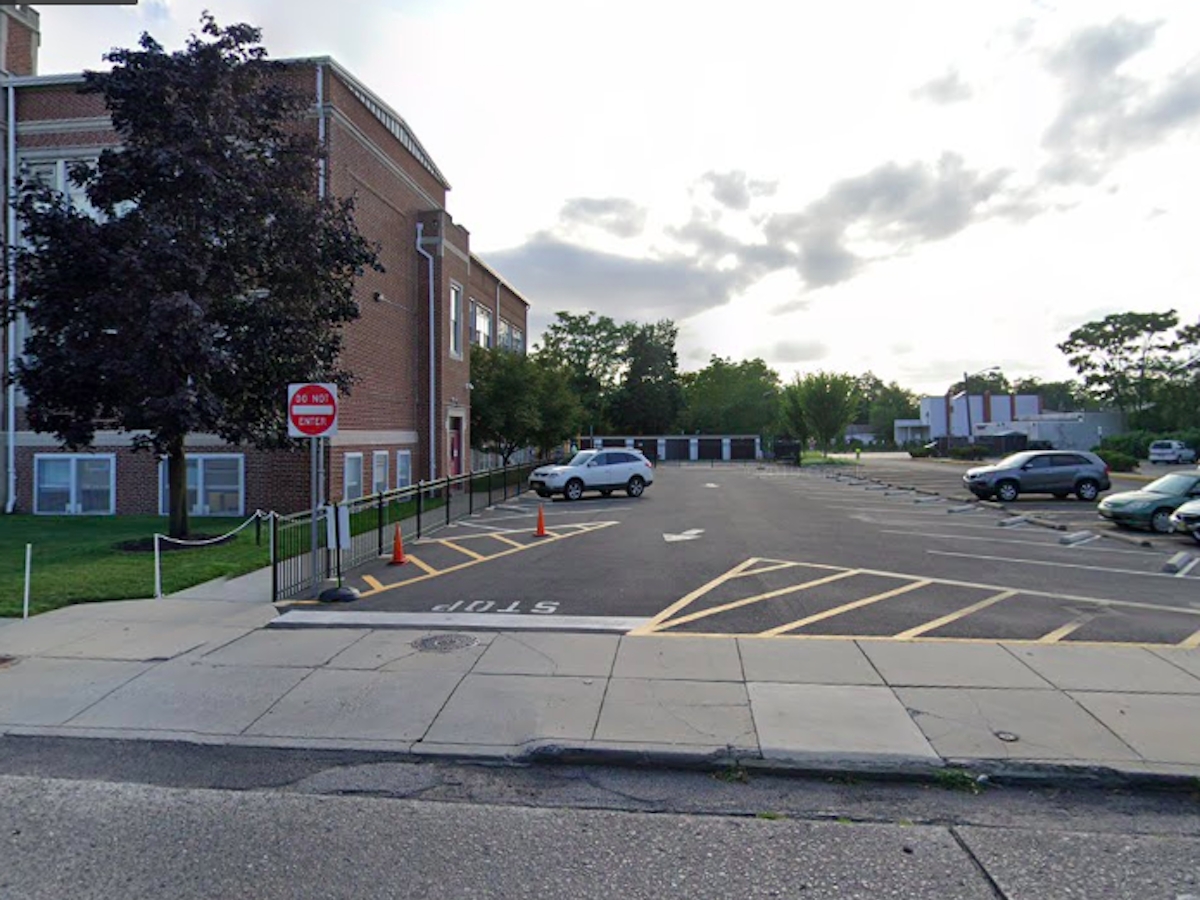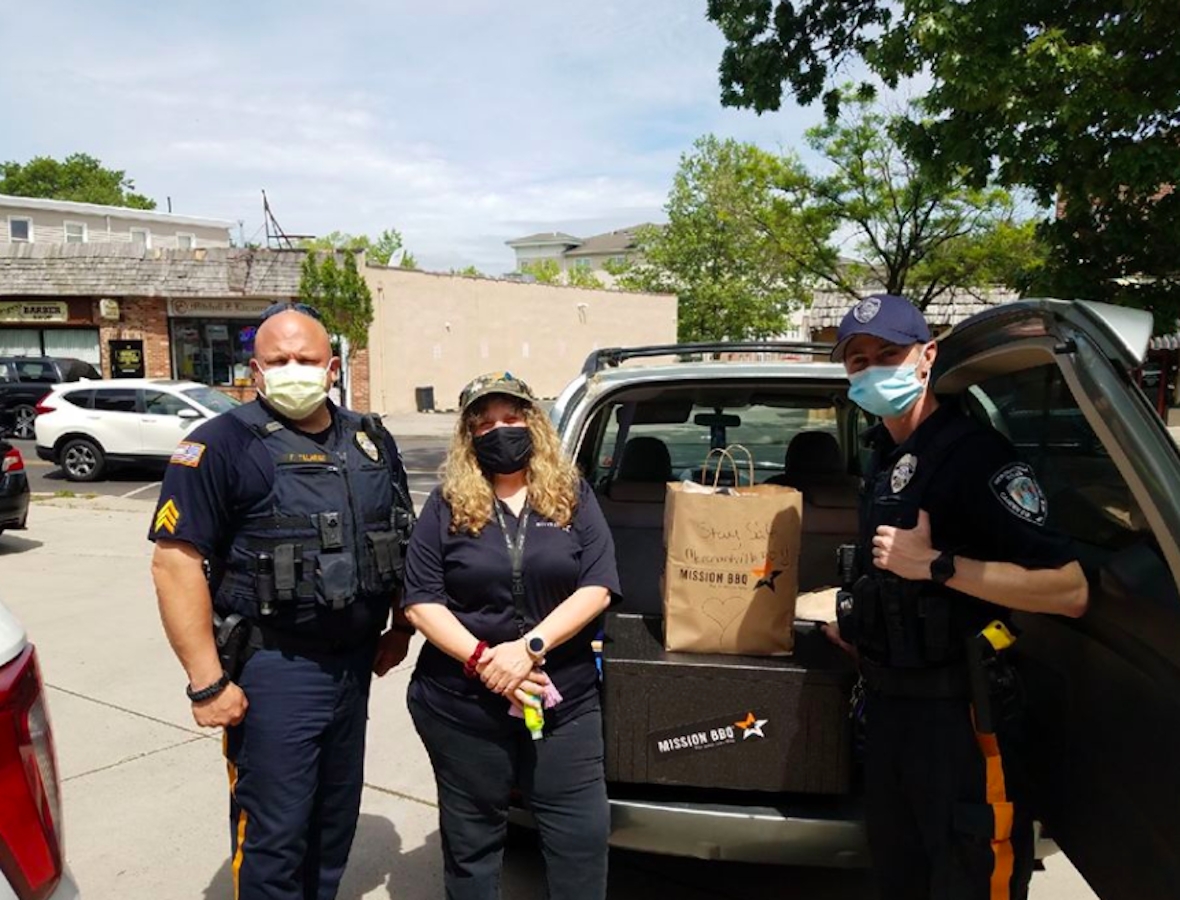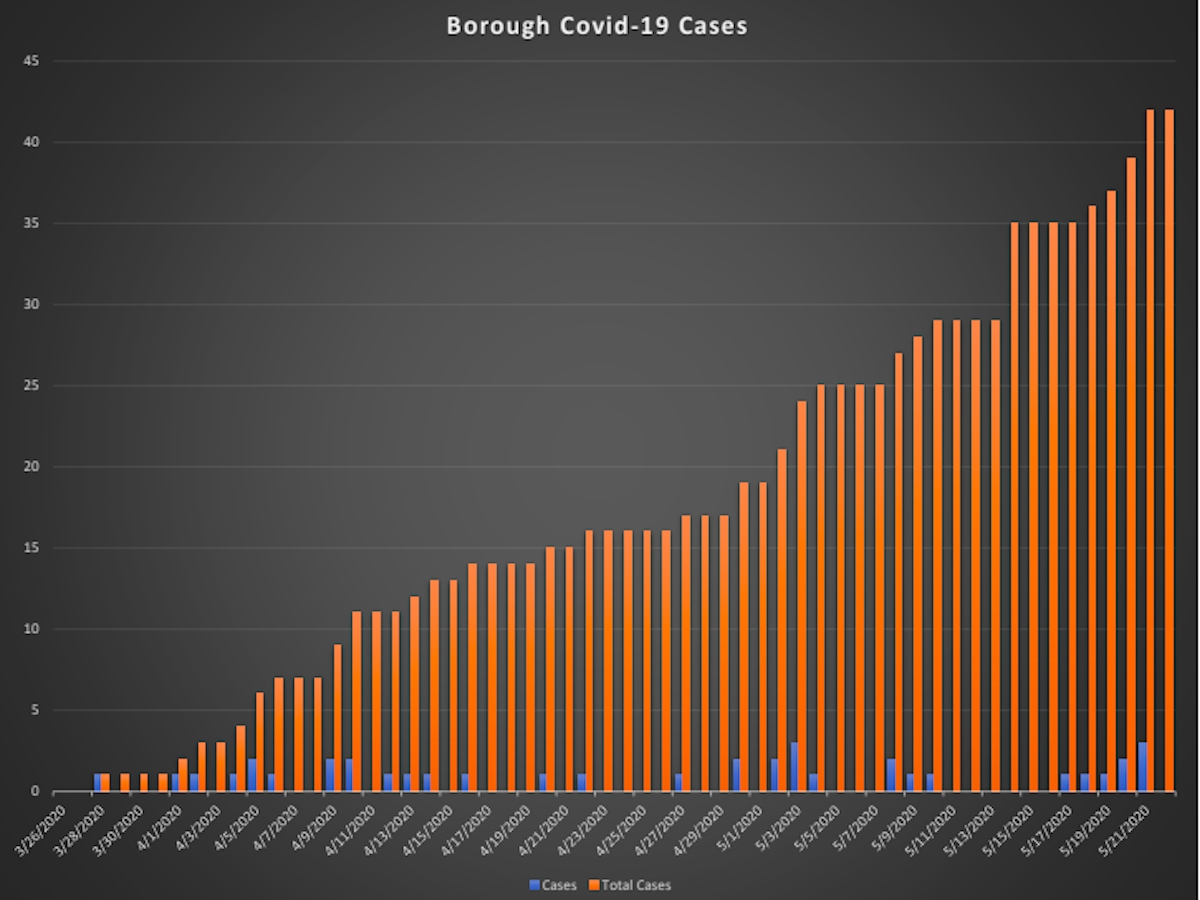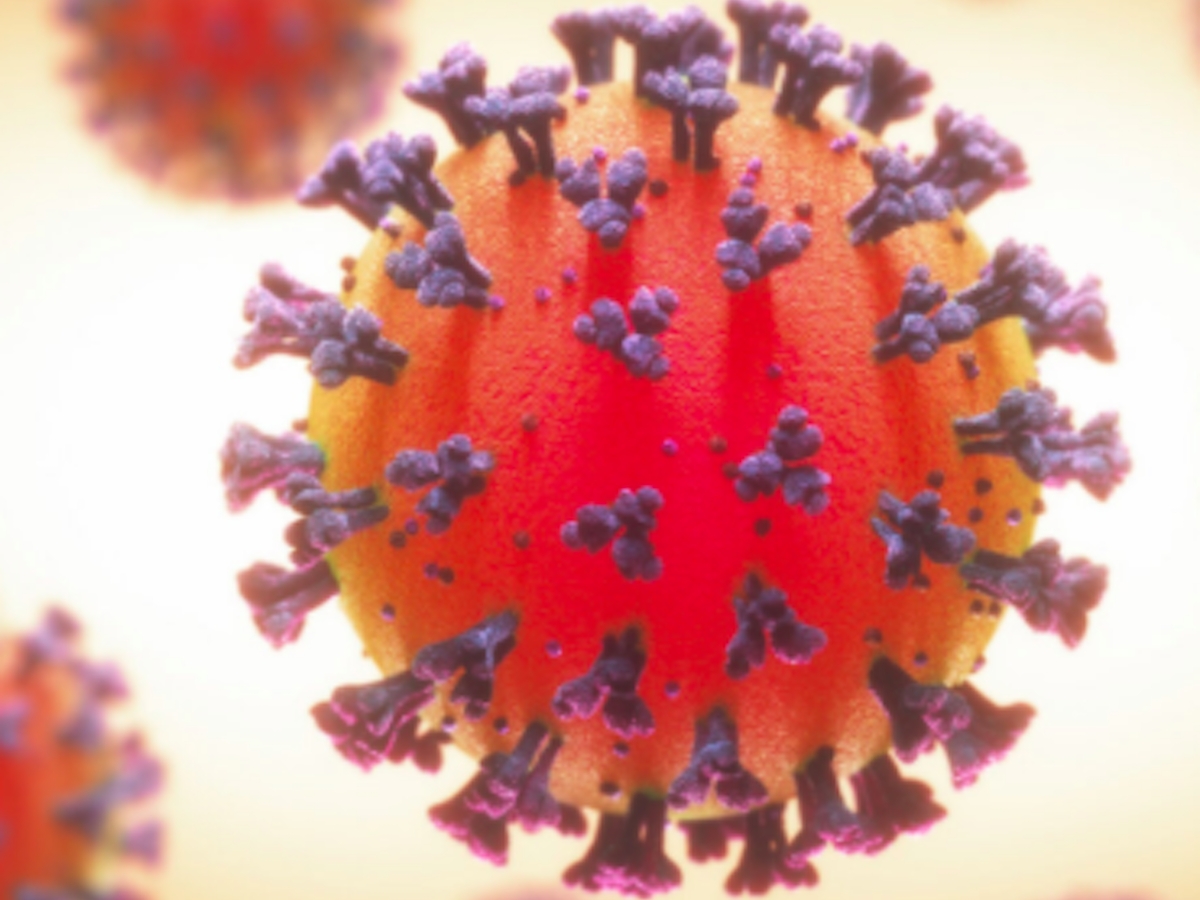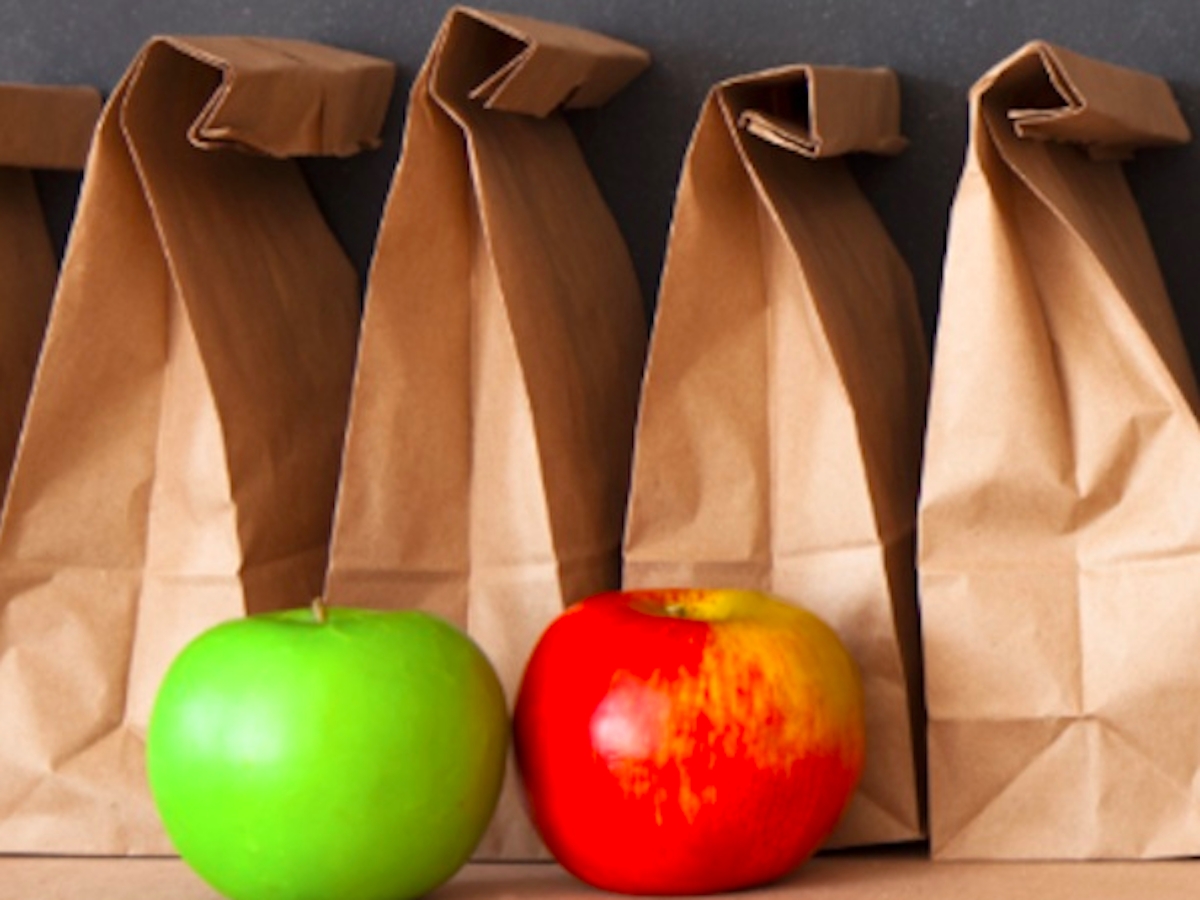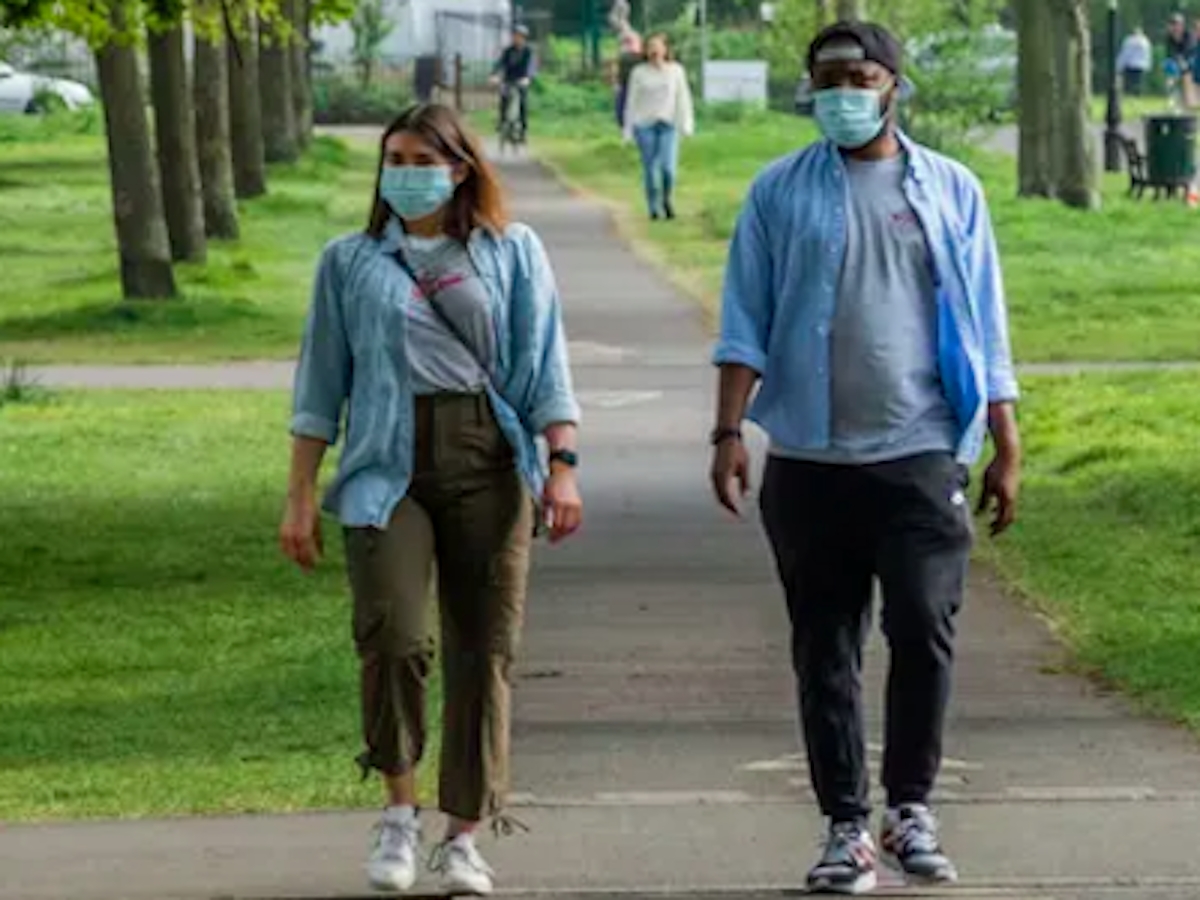The Merchantville Education Association would like to invite students, parents and the community to Merchantville School’s end of year drive-by parade. This parade is to honor and celebrate three of our fabulous teachers - Mrs. Fields, Mrs. Batterman and Mrs. Gandy - who are retiring this year and to give them the proper sendoff they deserve! The parade is also an opportunity for students and staff to wave good-bye before summer vacation begins. The parade will take place on Friday, June 12th from 2-3pm. Once in the lot, cars will be directed through the staff parking lot and then turn right to drive down Centre Street. Retiring teachers will be set up in the staff parking lot if anyone would like to drop off or send well wishes. Teachers and staff will be standing on the sidewalk along Centre Street. To continue with social distancing, please remain in your cars during the parade and wave to your teachers from a safe distance. We hope to see you there!
Caring, Generosity for First Responders
The Merchantville Fire Department and Police Department want our community to know how much they appreciate the generosity shown by the individuals and businesses they protect. This past week they offered Facebook "shout-outs" for the PPE provided by Cindy Zimmerman and the Camden City School Nurses who sewed face masks for the patrol division and, the New Jersey Young Democrat Labor Caucus donated KN95 masks to the fire department. Last week Flying Crust Pizza & Wings dropped off a delicious at the firehouse on May 31st, the Brejcha Family provided lunch to the firefighters on May 29th and, Mission BBQ for brought lunch to our police officers on May 27th. Thanks for feeding and protecting those who keep us safe.
Murphy Adjusts School Aid
Revised state aid figures for New Jersey public schools were issued Thursday evening by the state Department of Education, detailing how $335 million in funding promised in February will disappear due to the financial crunch brought on by the coronavirus pandemic. According to published revisions, Merchantville will lose $454,037, a decrease of 2.9% in anticipated school aid of $3,507,011 for the 2020-21 School Year. Districts experiencing losses will lose just as much as expected. Those that are gaining aid will receive, on average, two-thirds less than promised.
How We Measure Up
As New Jersey raises the limit on outdoor gatherings ahead of Memorial Day Weekend and, beaches and more recreational businesses are allowed to reopen, it's important for residents to realize where our community stands in terms of Covid-19 spread. There have been 42 confirmed cases in Merchantville between 3/28 - 5/22 so, as we all look forward to gathering with family and neighbors at Memorial Day outings please be personally responsible and protect yourself and others by physically distancing, wearing a mask and washing your hands. Businesses that are reopening will be implementing restrictions such as: electronic or telephone reservation and payment systems; installing physical barriers between employees and customers; limiting the use of equipment to one person; additional social distancing measures including demarcation and signage; infection control and hygiene practices; frequent sanitization of high-touch areas; and limiting occupancy of restrooms.
County Covid-19 Reports
Beginning May 23rd, Camden County is no longer announcing new cases and deaths related to Covid-19 on weekends or holidays. All weekend cases and deaths will be announced on the next business day and will be properly attributed to the day they were received. As of Friday, May 29th, Merchantville had 44 confirmed cases of coronavirus and the Camden County Department of Health (DOH) announced 59 additional confirmed cases of the disease. This brings the aggregate number of confirmed positive cases to 6,588 in Camden County today and 320 total fatalities.
MES Meals Continue
Merchantville School is committed to providing food to the students of Merchantville and this process will continue to be available on Mondays while the building closure is in effect. Grab and go breakfast and lunches for the week were distributed on Tuesday, May 26th from 11:00 am to 1:00 pm., because school was closed on Memorial Day. To pick-up meals students should use the door by the playground to enter the building. This service is open to all resident students in Merchantville and Haddon Heights High School. For the remainder of this year, there will be no cost to families for meal pick up. The District has been notified that a waiver was approved for the state. At this time, all students in the district who have experienced financial hardship due to COVID-19 may receive meals. It is important to stress that free lunches now include all students who are experiencing financial hardship and not only those students eligible for free or reduced lunch. If you have difficulty getting to Merchantville School to pick up the lunches, please contact Mr. Strong at 856-663-1091 Ext 512 or through email at This email address is being protected from spambots. You need JavaScript enabled to view it..
Face Masks Greatly Curb Spread
The Centers for Disease Control and Prevention initially discouraged people from wearing face masks unless they had COVID-19 and were showing symptoms but, that guidance changed on April 3rd, after studies found that the virus can be spread by asymptomatic individuals, or before symptoms start to show. Now, the CDC recommends that nearly everyone wear a facial covering in public and in areas where social distancing isn’t possible. There are numerous studies that suggest if 80% of people wear a mask in public COVID-19 transmission could be halted so, until a vaccine or a cure for COVID-19 is discovered, a cloth face masks might be the most important tool we currently have to fight the pandemic. The low cost of wearing masks – which can be made at home with no tools – and the potential to slow COVID-19 transmission with wide scale use should motivate everyone to protect themselves and others by wearing a mask in public.


